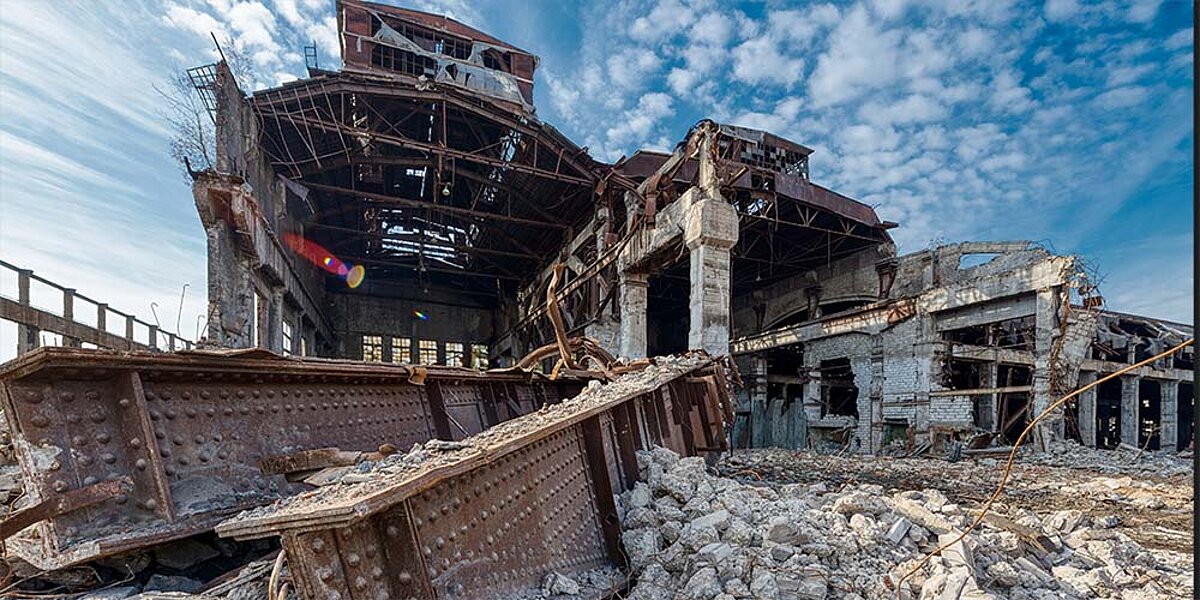Earthquake simulation

Detection methods and standards
Merkle & Partner performs computational stability verifications based on finite element models according to all common seismic codes (UBC 97, EC 8, IBC 2006, KTA 2201, ISO 3010, GOST ) for any kind of buildings, plants, steel structures and machines.
Especially for comparatively soft machines, a simplified approach from the construction field with quasi-static acceleration, which was common in the past, is no longer acceptable. Here, approaches from spectral analysis are helpful, which can also take into account the vibration behavior of higher natural frequencies.

Earthquake simulation Stability analysis
- Determination of acceleration loads
- Spectral analyses
- Shock loads
- Verification of stresses
- Verification of bolt forces
- Verification of stability